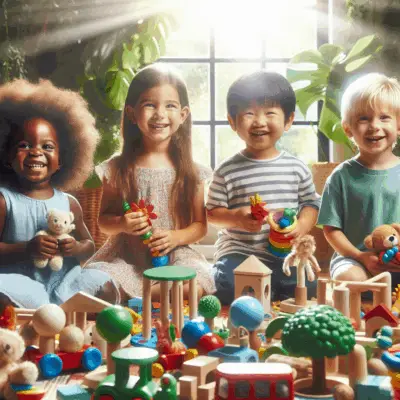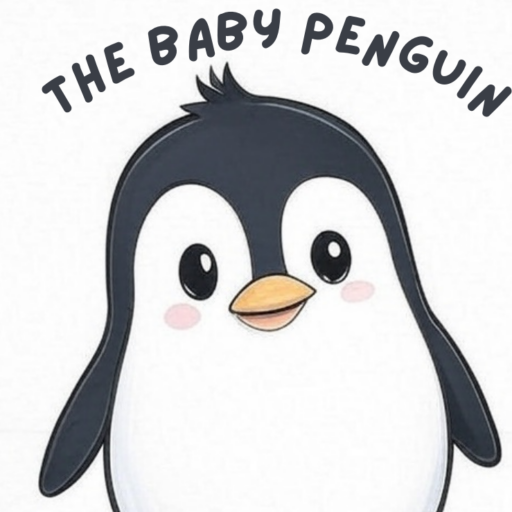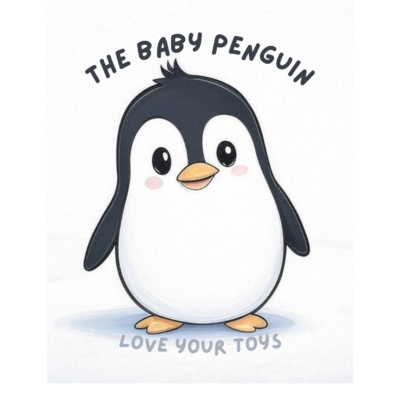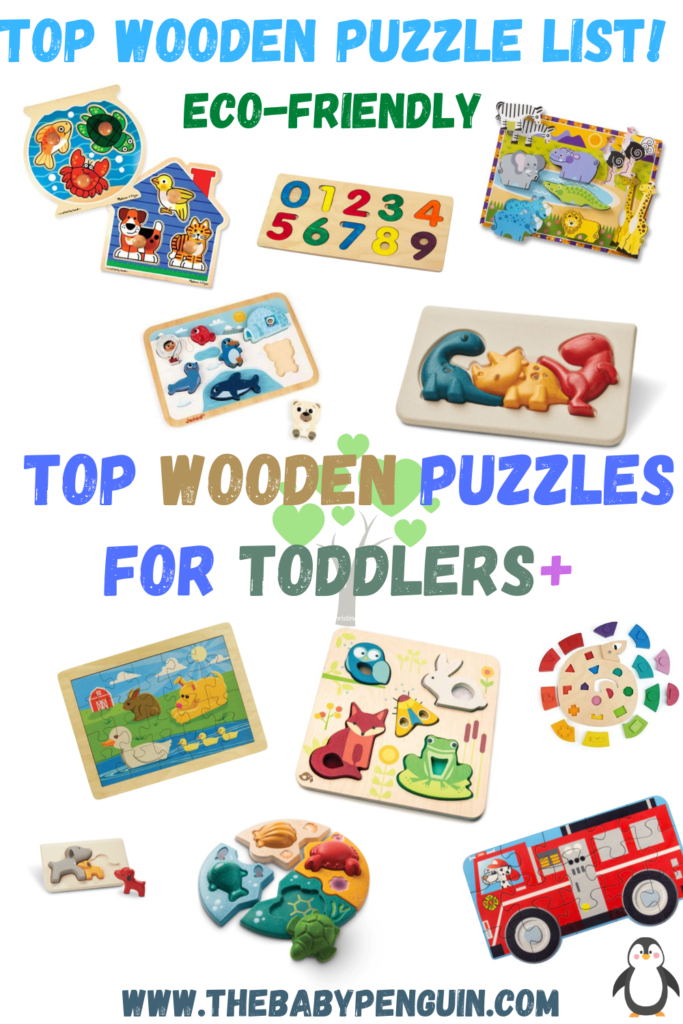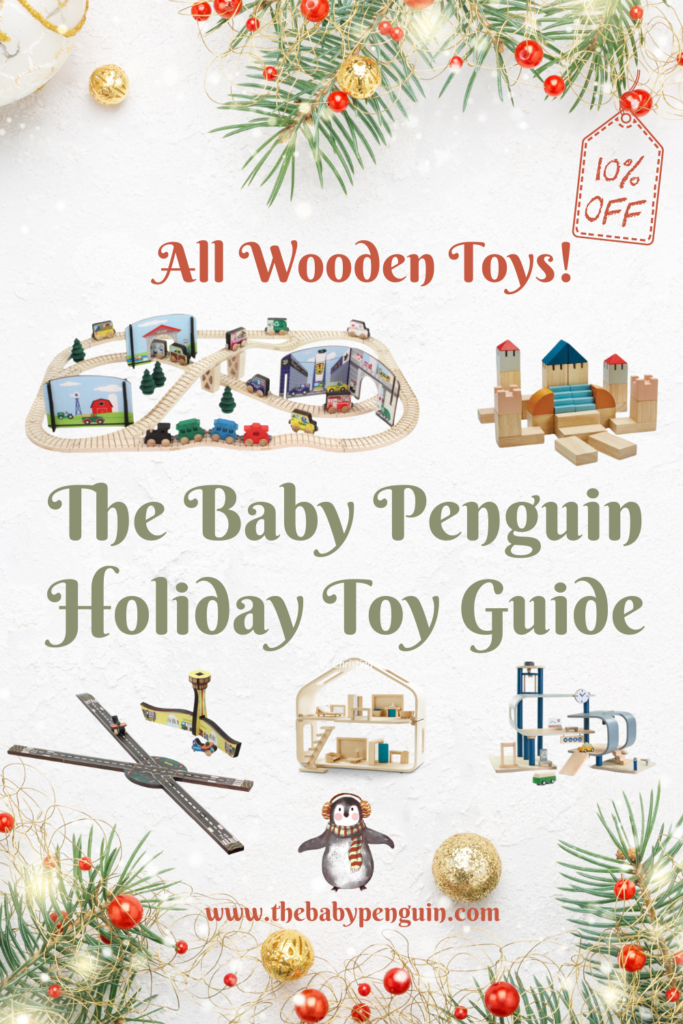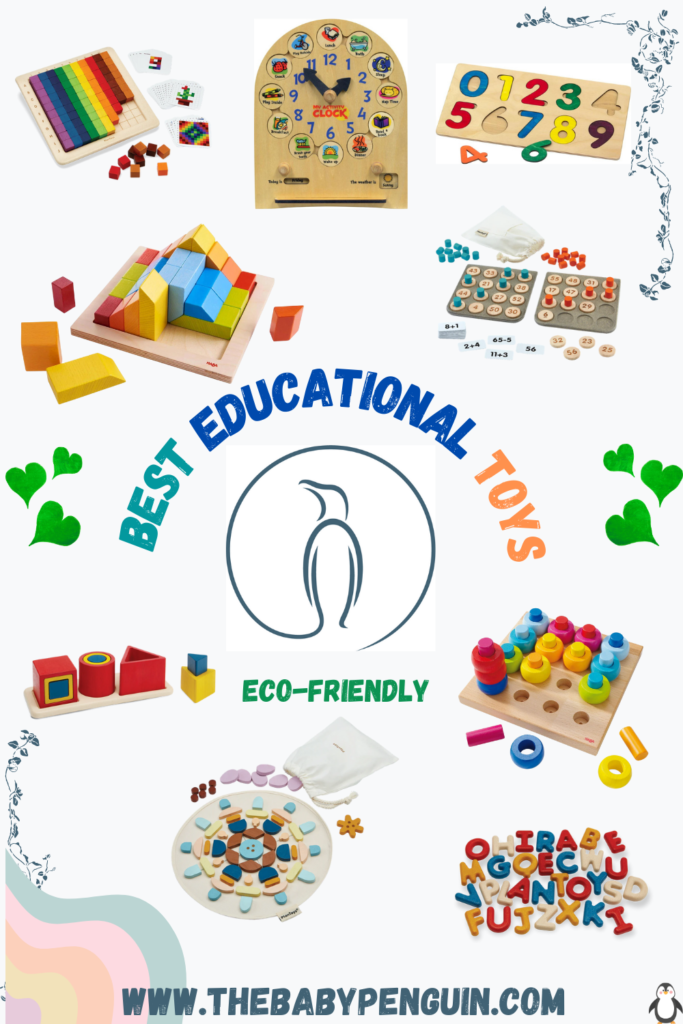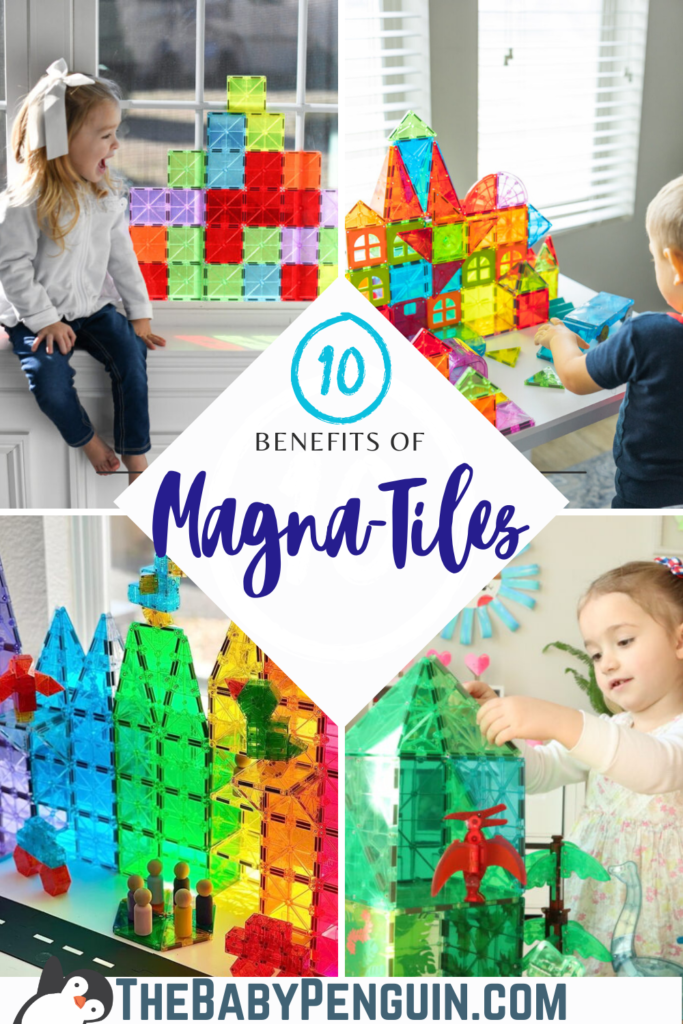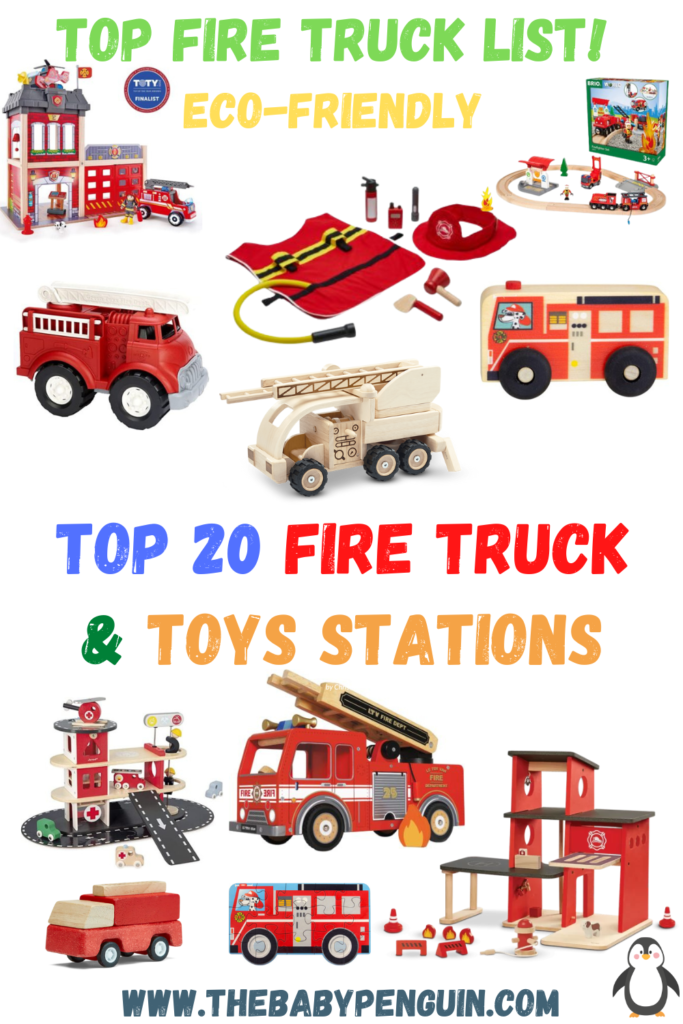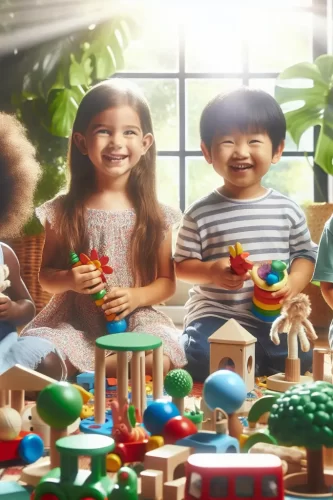Table of Contents
ToggleWhy Choosing Non-Toxic Toys Keeps Kids Safe: A Mom’s Guide to Healthier Play
As a mom of two curious little explorers, I’ve witnessed firsthand how non-toxic toys have transformed our playtime. Those tiny hands touch everything, and those adorable mouths? They’re basically toy-testing laboratories! When I discovered that many conventional toys contain potentially harmful chemicals, my parenting journey took a major turn toward safer, more sustainable play options.
Every parent wants to protect their little ones. Yet many of us don’t realize the hidden dangers lurking in some of the colorful plastic toys filling our playrooms. Today, I’m sharing why choosing non-toxic toys isn’t just a trend—it’s a crucial safety decision that impacts our children’s health and our planet’s future.
The Hidden Dangers in Conventional Toys
Remember that “new toy smell” we all recognize? I used to think nothing of it until I learned what’s actually causing that distinctive scent. Many conventional toys contain concerning chemicals like phthalates, BPA, PVC, and lead that can release those telltale odors.
These chemicals aren’t just present—they can leach out, especially when toys are chewed, heated, or simply age over time. With children’s developing bodies being particularly vulnerable to toxins, the risks are real.
When my son developed a mysterious rash after receiving a set of plastic action figures, I began researching toy safety in earnest. What I discovered shocked me—many mass-produced toys contain chemicals that have been linked to developmental issues, hormone disruption, and other health concerns.
Why Non-Toxic Toys Matter More Than You Might Think
Children’s developing systems process toxins differently than adult bodies. Their faster metabolism, developing organs, and hand-to-mouth behaviors make them especially vulnerable to chemical exposure. When we choose non-toxic toys, we’re actively reducing our children’s chemical burden.
Consider this: the average child spends hours each day playing with toys. That’s thousands of hours of potential exposure over their early years. By switching to safer toy options, we dramatically reduce this unnecessary chemical contact.
Beyond physical safety, eco-friendly playthings offer additional benefits. They’re typically more durable, create less waste, and support sustainable manufacturing practices that protect our children’s future world.
How to Identify Truly Safe and Non-Toxic Toys
Navigating toy safety can feel overwhelming, but I’ve developed some straightforward strategies after years of research (and plenty of toy-aisle confusion!). Here’s what I look for when choosing non-toxic toys for my kids:
Materials Matter Most
The safest toys are typically made from natural materials like:
- Untreated solid wood (especially hardwoods like maple or beech)
- Organic cotton and natural fabrics
- Food-grade silicone
- Natural rubber
- Safe metals like stainless steel
These materials naturally contain fewer toxins and tend to be more durable and biodegradable when they eventually reach end-of-life. Win-win!
Certifications and Standards to Trust
When evaluating non-toxic toys, I look for recognized certifications that verify safety claims:
- GOTS (Global Organic Textile Standard) for fabric toys
- FSC (Forest Stewardship Council) for wooden toys
- MADE SAFE certification
- OEKO-TEX Standard 100
- EU toy safety standards (often stricter than US requirements)
These third-party verifications add a crucial layer of assurance that a toy meets rigorous safety standards beyond minimal legal requirements.
Red Flags to Watch For
I’ve learned to be wary of toys that:
- Have strong chemical odors
- Are made with PVC (vinyl) plastic
- Contain small batteries that could be accessed by children
- Have unclear material listings or vague “non-toxic” claims without verification
- Come from manufacturers with history of recalls or safety issues
When in doubt, I reach out directly to toy companies. Transparent brands will happily share information about materials and manufacturing processes.
Our Family’s Journey to Safer Play
Transitioning to non-toxic toys doesn’t have to happen overnight. We started with a simple toy audit, identifying the most concerning items (especially those my teething toddler loved to gnaw on) and replacing them first.
I’ll never forget my daughter’s delight when she received her first set of natural wooden blocks. Not only were they safer, but they engaged her imagination differently than her electronic toys. The beautiful grain patterns, substantial weight, and subtle woody scent created a sensory experience that plastic simply couldn’t match.
As we gradually replaced plastic toys with sustainable alternatives, I noticed something unexpected—our playroom actually became less cluttered. The higher-quality non-toxic toys were more versatile and longer-lasting, meaning we needed fewer of them overall.
Beyond Safety: The Environmental Impact of Toy Choices
The toy industry produces enormous amounts of plastic waste annually. By choosing eco-friendly playthings, we’re not just protecting our children—we’re helping protect their future planet.
Many sustainable toy materials are biodegradable or recyclable. They’re often produced with less-intensive manufacturing processes and lower carbon footprints. Plus, their durability means fewer toys ultimately headed for landfills.
According to EPA data, plastic toys contribute significantly to the millions of tons of plastic waste generated annually. By choosing natural materials, we can help reduce this environmental burden.
Budget-Friendly Ways to Transition to Safer Toys
Quality non-toxic toys often come with higher price tags, but there are practical ways to make the switch without breaking the bank:
- Start a toy rotation system to maximize play value with fewer toys
- Create a wish list for birthdays and holidays specifically requesting safer toy options
- Explore secondhand wooden toys (just check for recalls and proper finishes)
- Invest in versatile open-ended toys that grow with your child
- Consider toy subscription services focused on safer toy options
Remember that fewer, better toys often create more meaningful play experiences than a room overflowing with lower-quality options.
Our Top Picks for Age-Appropriate Non-Toxic Toys
After years of research and real-world testing with my own children, these are some of our family favorites for different developmental stages:
For Babies (0-12 months)
Natural wooden teethers, organic cotton rattles, and silicone stacking toys provide safe sensory exploration for curious babies. Look for smooth edges and water-based finishes on wooden items.
For Toddlers (1-3 years)
Simple wooden push toys, play silks, and natural rubber animals spark imagination while avoiding unnecessary toxins. My toddler particularly loved wooden nesting bowls that could become “cooking pots” one moment and stacking towers the next.
For Preschoolers (3-5 years)
Non-toxic art supplies, wooden building sets, and pretend play items made from natural materials support growing creativity. My daughter’s natural wooden kitchen set has lasted through years of imaginative “cooking” sessions.
You can explore our complete collection of age-appropriate non-toxic toys for more inspiration tailored to your child’s developmental stage.
Frequently Asked Questions About Non-Toxic Toys
How can I tell if a plastic toy contains harmful chemicals?
Look for recycling codes on plastic toys—avoid #3 (PVC/vinyl), #6 (polystyrene), and #7 (can contain BPA). Choose toys labeled “PVC-free” and “phthalate-free.” Toys with strong chemical odors are another warning sign. When possible, choose toys made from safer plastics like polyethylene (#2, #4) or polypropylene (#5), or better yet, natural materials.
Are second-hand toys safe from a toxicity perspective?
Older toys may contain chemicals now banned in new products. For wooden toys, check for intact finishes and no lead paint (pre-1978). For plastic toys, research the brand and manufacturing date to ensure no recalls exist. Natural material toys like solid wood or organic cotton are generally safer secondhand options when properly cleaned.
What’s the most important step I can take today to reduce my child’s exposure to toy toxins?
Focus first on replacing toys your child mouths frequently or plays with daily. Teethers, bath toys, and favorite items getting the most use should be prioritized. A simple first step is removing obviously damaged plastic toys, those with strong chemical smells, or very old plastic toys that may contain now-banned substances.
Creating a Safer Play Environment, One Toy at a Time
As parents, we can’t control everything in our children’s environment, but thoughtful toy choices represent a significant opportunity to reduce unnecessary chemical exposure. The shift to non-toxic toys is a journey—one that becomes easier and more rewarding with each mindful purchase.
I’ve watched my children flourish with simpler, safer toys that engage their senses and imagination in profound ways. Their play has become more focused and creative, and I have greater peace of mind knowing I’m reducing their exposure to potentially harmful substances.
Ready to begin your own family’s transition to safer play? Start small, prioritize replacing the most concerning items first, and remember that every step toward non-toxic toys is a positive one for both your children and our shared planet.

